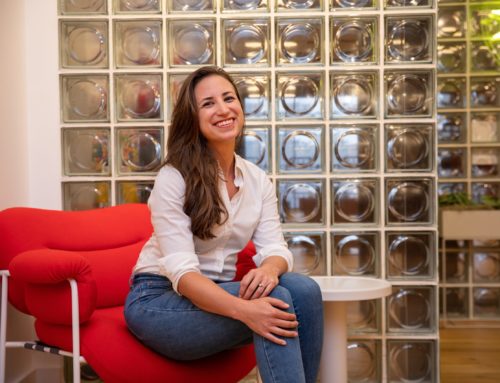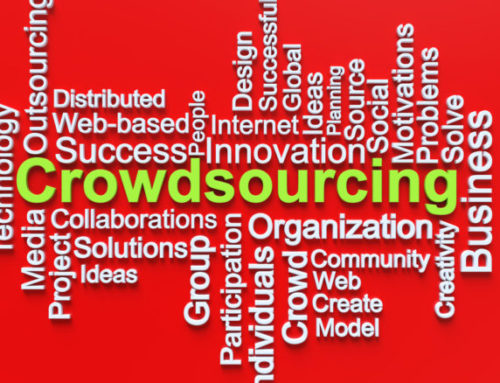What the Air Force Teaches Us About Innovation Culture
In Mariana Mazzucato’s TED talk “Government: Investor, Risk Taker, Innovator?” she reminds us of several private sector innovations that are actually the combination of multiple government projects. The most straightforward example being the smartphone… an invention we largely credit to Apple, but if you look at what actually makes your smart phone smart, you’re looking at the internet, GPS, the touchscreen display… And all of these components grew out of government projects. She goes on to illustrate that a great deal of our truly transformative innovation is built on the back of investments made by the government who are uniquely positioned to deliver on impactful changes, specifically because of their sustained position in our world and their mission-focus.
I experienced this first-hand when I was able to attend the Air Force Personnel Center’s Innovation Symposium last week, which was the kick-off to new culture of innovation efforts at AFPC and the Air Force at large. They invited all 2,500 AFPC employees to attend a two-day event of workshops and lectures in order to generate excitement, but also to invest in the professional development of their team who will be a part of their new ongoing innovation initiative.
During the event, I got to hear presentations from Jen Sovada, Chief Futures Officer for MissionTech Solutions, Jordyn Fetter of AFWERX, and Major General Andrew Toth – Commander of AFPC’s joint Texas base, among many other inspiring speakers. They talked about projects like JIGSAW which digitized tanker planning and new automation projects that will compete at this year’s AFWERX Spark Tank program in Florida, but there were a few things that I’ve been thinking about since the event that I think we should all bare in mind as we consider large-scale cultural transformation initiatives…
Legacy systems are an invaluable resource and sometimes innovation means finding ways to let them go… Several of the speakers talked about ways to revolutionize systems and processes with new technology, but that means taking all of the information on the old systems and finding ways to bring it into the new ones. Legacy systems are one of the most common reasons why change doesn’t take place, but without bringing that stored data into the new systems, the new solutions won’t be as valuable. I’m impressed at how AFPC is working to bridge this gap between their old systems and the new technology. I could see this campaign being a key issue for just about any organization.
Jen Sovada reminded me of how much innovation is about learning: from partnerships, conversations, professional development, and more. A great deal of her encouragement to the AFPC innovators was to find new ways to seek new skills and support the collective network of innovators at AFPC. I’ve been realizing that this might be another way to measure innovation maturity: if an organization isn’t investing in continuous learning and partnerships then they’re probably not as far along on their innovation journey.
Jordyn Fetter reminded me of just how much an intrapreneur needs a web of support. On one of her slides, she showcased how part of their work is about linking their intrapreneurial airmen to legal, resources, advocates, leadership, partners, and more in order for them to make their project a reality. Sometimes the job of innovators is simply to be a control center for match-making and introductions. It is (very often) the connections between these groups that lead to better ideas and projects that are executed to completion.
And finally, the more time has passed since the event, the more I’ve been chewing on this thought: personnel centers, HR, the people-driven mechanisms of organizations like the Air Force are one of our most powerful flashpoints for influencing innovation culture. The reason being is many of the tools for overcoming organizational innovation challenges start there: employee incentives, recognition programs, access to communications resources, and more. I hope to see more of our innovation departments working closely with their talent departments in the future.
Thanks so much to Captain Monahan, her team, the speakers, and the inspiring folks at AFPC for putting on a great event! I can’t wait to see the new projects that their innovation team invests in in the coming years!
This article was originally published on LinkedIn here.




